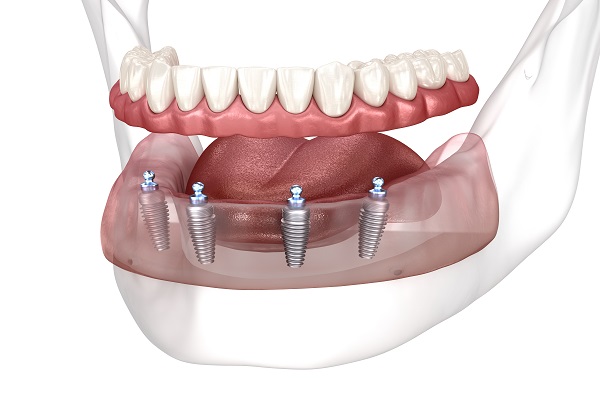 If you are unhappy with the shape, color or overall appearance of your smile, consider investing in dental veneers and dental laminates. Veneers — often also called porcelain laminates — are extremely thin shells made of tooth-colored material. These shells slip over the surface of the tooth and drastically change its overall appearance. Veneers can be used to correct the appearance of just one tooth or several.
If you are unhappy with the shape, color or overall appearance of your smile, consider investing in dental veneers and dental laminates. Veneers — often also called porcelain laminates — are extremely thin shells made of tooth-colored material. These shells slip over the surface of the tooth and drastically change its overall appearance. Veneers can be used to correct the appearance of just one tooth or several.
Reasons to get dental veneers and dental laminates
Veneers can be used for cosmetic and corrective purposes. Common reasons patients may elect for veneers or laminates include the following:
- To improve the appearance of chipped, broken or worn-down teeth
- To hide tooth discoloration
- To correct teeth that are uneven, misaligned or oddly shaped
- To close large gaps between the teeth
A patient does not necessarily have to have dental problems for a dentist to recommend veneers. Some individuals simply want whiter, brighter and more appealing teeth, and laminates offer the opportunity to achieve just that.
What patients can expect from the veneer process
The veneer process is fairly conservative and, as far as cosmetic procedures go, quick. Below are a few things patients can expect from the entire process of installing dental veneers and dental laminates.
1. The initial consultation
Like with any dental procedure, the veneer process begins with a dental exam and consultation. A dentist will need to assess the overall health of a patient’s mouth before proceeding with any cosmetic procedure, such as veneers. The state of the patient’s oral health, overall health and the alignment of the teeth will determine if veneers are a viable option.
If a patient is not yet a good candidate for veneers, the dentist may recommend a treatment plan to prep the teeth for veneers. This may be the case if a patient has crooked teeth, cavities, gum disease, TMJ or other oral health problems.
2. Tooth preparation
Following the initial consultation, the patient will need to schedule two additional appointments — one for prepping the tooth and making the mold, and another for placing the veneers. During the prepping appointment, the dentist will shave down the enamel of the teeth to make room for the veneers. Once the teeth are small enough to accommodate the prosthetics, the dentist will make a mold from a thick paste, and then send that mold to a lab. It typically takes one to two weeks for the lab to deliver the prosthetics, during which time the dentist may equip the patient with temporary veneers.
3. Placement
During the third visit, the dentist will place the prosthetics. The dentist may need to trim a bit more enamel off the natural teeth before placing the veneers. Once placed, the dental professional will evaluate the finished result for color, shape and fit. If everything looks right, the dentist will use a special resin and light to bond the veneer to the surface of the tooth.
4. Follow up
Finally, the dentist may request that the patient schedule a follow up visit. During the follow-up appointment, the team will assess the veneers to ensure they still fit and function properly.
Check out what others are saying about our dental services on Yelp: Dental Veneers in Austin, TX.
Conclusion
Dental veneers and dental laminates are a great way to enhance the function and appearance of any smile. If you are interested in veneers, discuss your candidacy with a dentist today.
Request an appointment or call MM Family Dentistry at 512-477-9775 for an appointment in our Austin office.
Recent Posts
Considering All-on-4®? Also known as implant-supported dentures, this tooth replacement option is one that combines the use of dental implants with dentures. Most are familiar with dentures and how bulky they can be within the mouth. It is easy to shy away from dentures due to the awkwardness of a sliding oral appliance. On the…
Gum disease is often hard to avoid; however, once it is detected, patients can immediately visit their general dentist for a diagnosis and treatment plan. In order for it to be detected, the dentist will have to rely on any symptoms or signs that indicate a problem. Ready to learn more about the signs?Sometimes when…
Invisalign® is one of the most common treatments used to address teeth straightening problems. General dentists recommend Invisalign® quite frequently due to the many associated benefits and ease of the treatment process. One thing to know about Invisalign® is that it cannot address all orthodontic issues. However, it is a great option for misalignments and crowding, both of…


